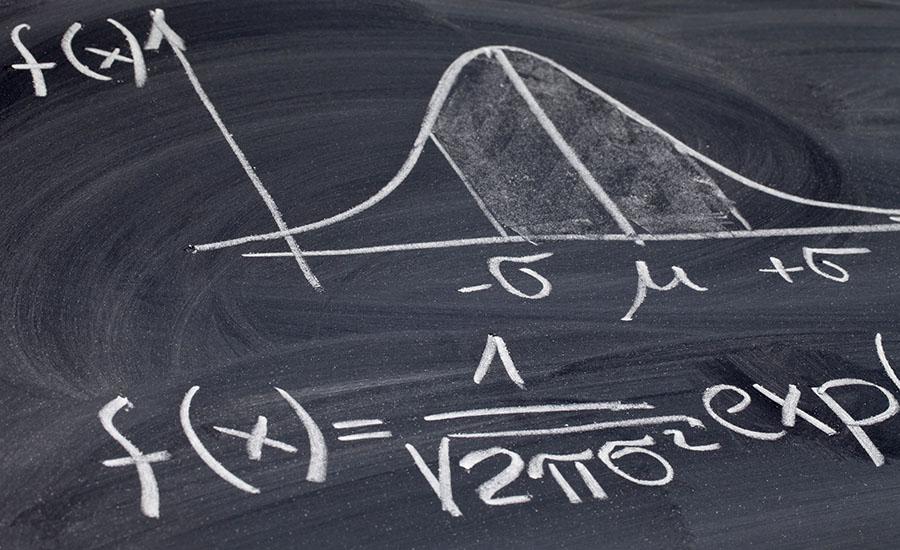
Modeling the Motion in the Ocean
In this lesson students will create a model to investigate how a location's temperature may change during an El Niño year. Students will construct landforms in a tray and then fill the tray with water. They will then use heat lamps, ice, and straws to create warm and cold currents. Students will use these currents to transfer energy from one side of the tray to another. Finally they will cover the tray and see how the currents affect the air's temperature. The goal is for students to come to the realization that winds move currents throughout the ocean and when those wind patterns change, the currents can bring colder or wamer water to a location that it does not usually travel to. This change will affect that location's temperature.
Lesson Grade Level
6th GradeLesson Plan Link/URL
https://docs.google.com/presentation/d/13udzdreHhV8BcVJBrZVFpyNjssYyO1jm/edit?u…Related Content

Students will use geometric reasoning and the engineering design process to construct solar ovens while learning about renewable energy.

This lesson was designed because students love to compete, and it primes them to use the Engineering Design process to build a boat and revise their design as needed. Students must use at least one

Lesson 2 of 4 Students will investigate and research key factors that impact urban heat islands. Equipped with evidence, students will draft a scaled drawing of a master-planned community applying